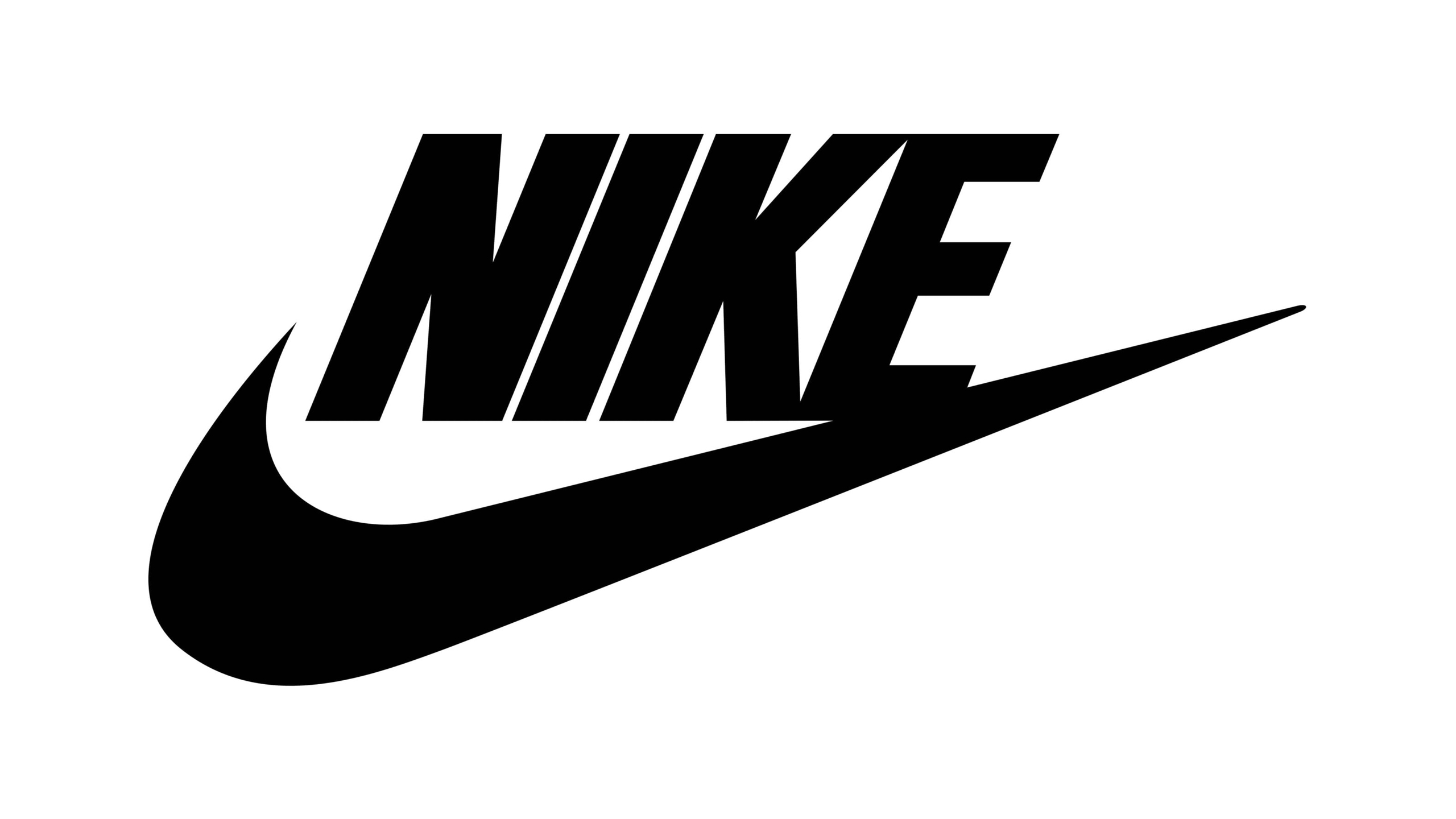When it comes to athletic wear, Nike and Adidas are two titans that dominate the market. Both brands have built their reputations on innovative designs and high-performance materials that cater to athletes and fitness enthusiasts alike. A crucial feature in today’s sports apparel is the use of breathable and moisture-wicking fabrics—technologies that help keep the wearer cool, dry, and comfortable. In this article, we will compare the performance of Nike’s and Adidas’s fabrics, particularly focusing on their breathability and moisture-wicking capabilities.
The Importance of Breathability and Moisture-Wicking
Before diving into the specifics of each brand, it’s essential to understand why breathability and moisture-wicking are key in athletic wear:
- Breathability refers to a fabric’s ability to allow air to circulate, which helps regulate body temperature during physical activity.
- Moisture-wicking refers to a fabric’s ability to pull sweat away from the skin and spread it across the surface where it can evaporate, thus keeping the wearer dry and comfortable.
These features prevent the buildup of sweat, reduce irritation, and help athletes maintain optimal performance during rigorous activities.
Nike: Dri-FIT Technology
Nike’s signature moisture-wicking fabric, Dri-FIT, is a proprietary polyester fabric designed to move sweat away from the body to the fabric’s surface, where it can quickly evaporate. Nike claims that Dri-FIT technology offers superior comfort by keeping athletes dry, even during the most intense workouts.
Breathability
Nike’s Dri-FIT fabric is engineered to be lightweight and breathable. Mesh panels or strategically placed perforations often complement the fabric in specific high-heat zones to allow for additional airflow. These designs ensure that air circulation is maximized, helping to regulate body temperature and prevent overheating.
Moisture-Wicking
Nike’s Dri-FIT is known for its ability to wick moisture effectively. The microfiber polyester used in Dri-FIT is excellent at pulling sweat away from the skin, which spreads the moisture across the fabric’s surface, allowing for faster evaporation. This process reduces the chance of chafing and discomfort, especially during long workouts or outdoor sports in warm climates.
Notable Products with Dri-FIT
- Nike Pro Dri-FIT Tops and Shorts: Designed for training and intense workouts, these items feature tight fits and enhanced moisture-wicking capabilities.
- Nike Dri-FIT Running Apparel: Lightweight, with ventilation areas in crucial spots like the back and underarms, these running clothes keep athletes cool and dry.
Adidas: AEROREADY and Clima Series
Adidas also offers advanced moisture-wicking technology through AEROREADY, their newer fabric technology, as well as the older Climalite and Climacool series. AEROREADY is designed to manage moisture and provide breathability, allowing athletes to stay comfortable while pushing their limits.
Breathability
Adidas’s approach to breathability focuses on using lightweight, perforated fabrics that enhance airflow. The AEROREADY fabric is often combined with mesh inserts to increase ventilation, similar to Nike’s Dri-FIT. Adidas’s Climacool line, which is designed specifically for hot environments, uses ventilation zones to target areas where athletes are most likely to overheat.
Moisture-Wicking
Adidas’s AEROREADY fabric is quick-drying and highly effective at managing moisture. By pulling sweat away from the body and spreading it across the surface of the fabric, AEROREADY keeps athletes dry and reduces the accumulation of moisture on the skin. Like Nike’s Dri-FIT, AEROREADY uses microfiber polyester technology to wick sweat efficiently. The Climalite fabric, on the other hand, is also excellent at moisture management, making it suitable for intense physical activities.
Notable Products with AEROREADY and Clima Series
- Adidas Tiro AEROREADY Training Pants: These pants are made with breathable AEROREADY fabric, ideal for soccer training or other outdoor sports.
- Adidas Climalite Tees and Shorts: With lightweight materials and moisture-wicking properties, these garments are perfect for athletes looking for cooling performance.
Direct Comparison
Breathability
Both Nike and Adidas utilize breathable fabrics that enhance airflow, but Nike’s Dri-FIT fabric is often noted for its superior use of strategically placed ventilation panels, especially in high-heat areas. Adidas’s AEROREADY and Climacool lines also feature mesh panels, but overall, Nike’s athletic designs may provide a slight edge in terms of breathable construction due to more specific placement of airflow zones.
Moisture-Wicking
In terms of moisture-wicking, Nike’s Dri-FIT and Adidas’s AEROREADY fabrics are both excellent at keeping athletes dry. However, some athletes prefer Dri-FIT because it tends to wick moisture faster and is often more widely incorporated into Nike’s product line, from shirts to shorts. Adidas’s AEROREADY and Climalite fabrics are similarly effective, though Adidas fans note that Climacool, in particular, excels in hot climates.
Comfort
Both Nike and Adidas excel in providing comfort. However, some athletes feel that Nike’s Dri-FIT fabric is smoother and less prone to sticking when wet, giving it an edge in comfort. Adidas’s AEROREADY, while effective, might feel slightly less soft against the skin after long periods of wear. This is subjective, and both brands offer performance fabrics that are comfortable for most athletes.
Which is Best?
Choosing between Nike and Adidas often comes down to personal preference. If you prioritize superior moisture-wicking speed and a smooth, comfortable fit, Nike’s Dri-FIT may be the better choice. However, if you’re more focused on breathability and a cooling sensation during outdoor sports, Adidas’s AEROREADY and Climacool products might suit you better.
Both brands offer high-quality fabrics designed to enhance athletic performance, and the final decision may depend on the specific sport, climate, and personal comfort preferences.
Conclusion
In the battle of Nike vs. Adidas for breathable and moisture-wicking fabrics, there is no clear winner—both offer advanced technologies that cater to different needs. Whether you choose Nike’s Dri-FIT for its fast-drying capabilities or Adidas’s AEROREADY for its cooling breathability, you’ll be equipped with athletic wear designed to optimize your performance. Ultimately, trying out both fabrics and seeing how they perform in your preferred activities is the best way to determine your ideal match.

